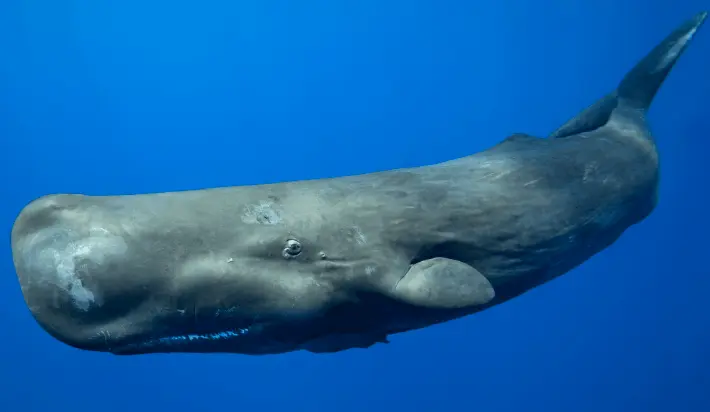
10 Fascinating Facts About Sperm Whales in the Sea of Cortez
The Sea of Cortez, also known as the Gulf of California, is a haven for some of the most magnificent marine species on Earth — including the mighty sperm whale. Known for their incredible size, intelligence, and deep-diving abilities, these whales are among the most captivating visitors to Baja’s waters. Here are ten fascinating facts about sperm whales that make them a true highlight of the Sea of Cortez.

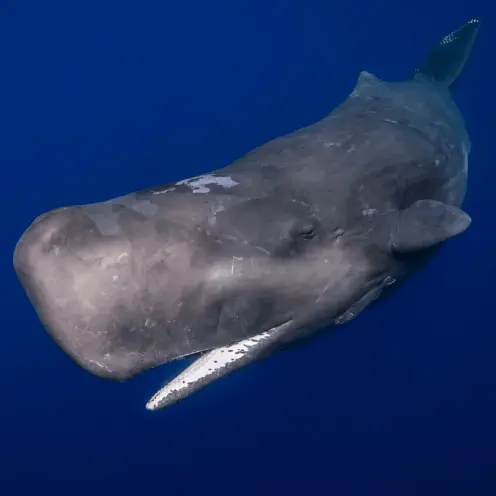
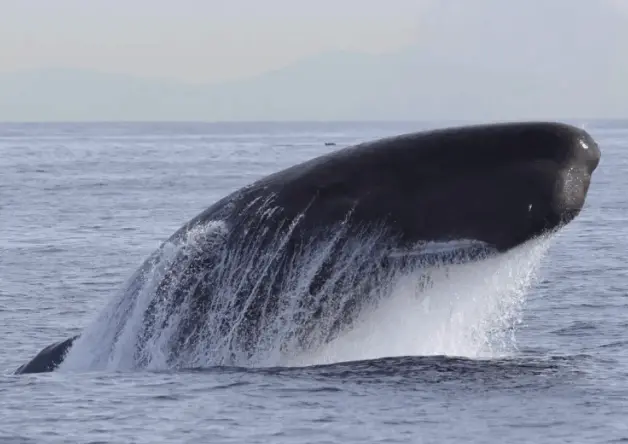
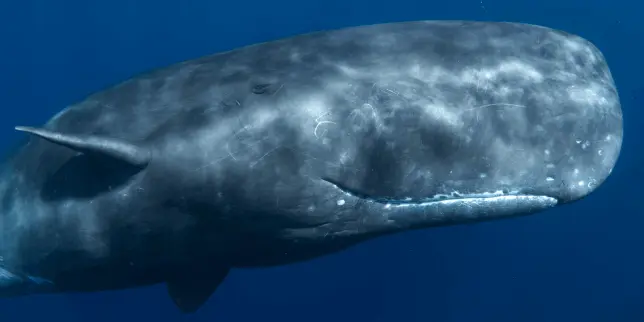



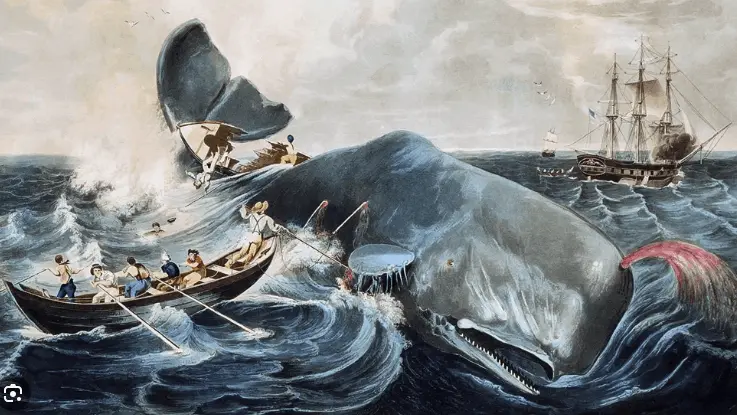



Follow Us